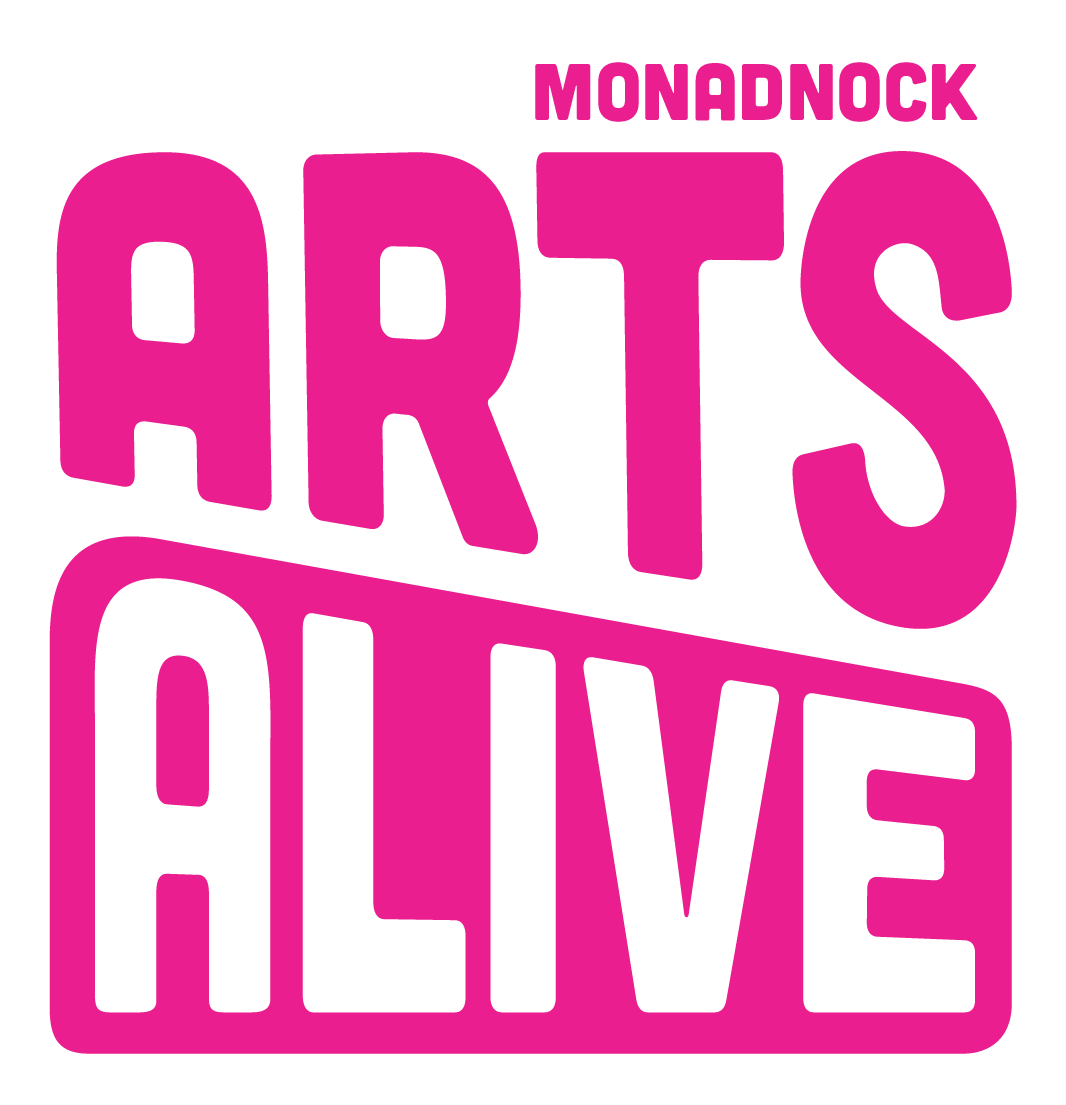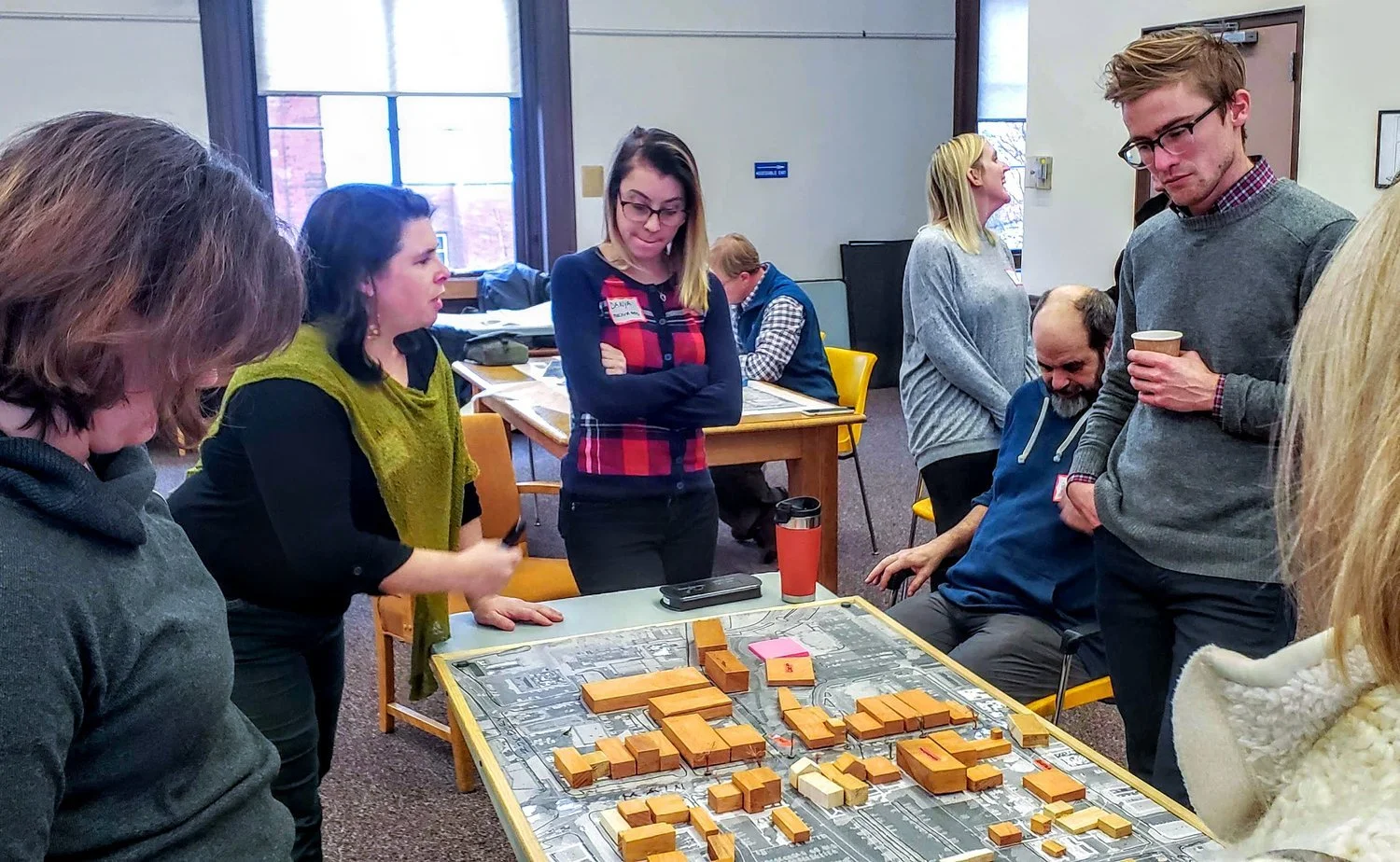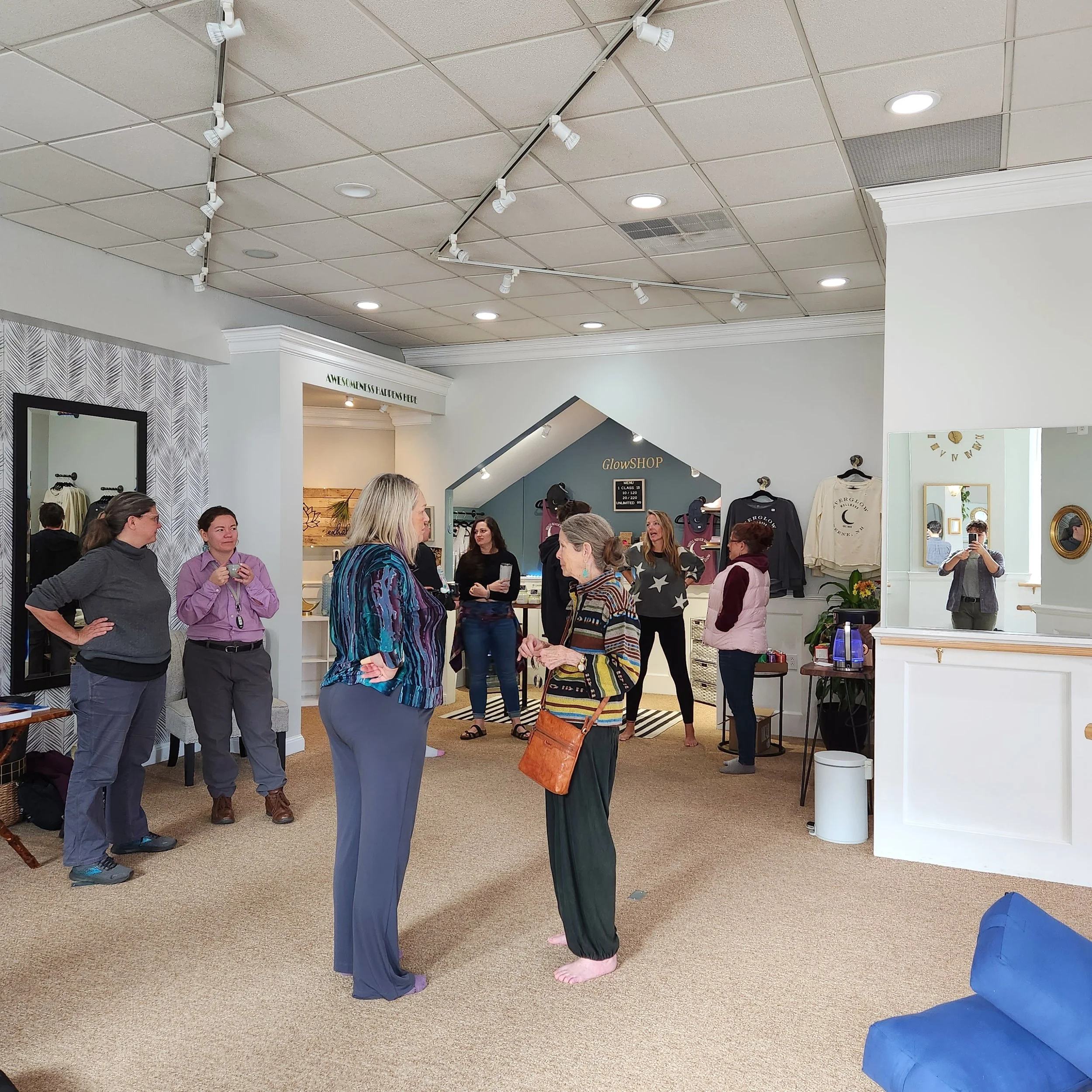Long-term, the arts corridor encompasses ideas about a covered structure for the arts/farmers' market and festivals and painted crosswalks as part of the Gilbo Ave./Railroad St. corridor plan. Now, we have a chance to make it happen! A covered area, etc. could be integrated into the grant funds the city is currently applying for - no additional funds would need to be raised.
Groundbreaking Study Reveals Economic and Social Impact of $25 Million Nonprofit Arts and Culture Sector in the Monadnock Region
Keene, NH Oct 13, 2023—Arts Alive today announced that the Monadnock Region’s nonprofit arts and culture industry generated $25 million in economic activity in 2022, according to the newly released Arts & Economic Prosperity 6 (AEP6), an economic and social impact study conducted by Americans for the Arts. That economic activity—$18.2 million in spending by nonprofit arts and culture organizations and $6.8 million in event-related spending by their audiences, supported 521 jobs, provided $20.6 million in personal income to residents, and generated $5.3 million in local, state, and federal government revenue. Spending by arts and culture audiences generates valuable commerce to local merchants, a value-add that few other industries can compete with.
Arts Alive was founded with the idea that increasing investment in arts and culture in our community would increase our community’s well-being. This study continues to remind us of the economic and social impacts that the arts and arts institutions have across our region, says Jessica Gelter, Executive Director of Arts Alive. We are grateful to the 840 audience members and 68 arts and cultural organizations that participated in this study. It is our goal in the coming years to increase access to and visibility of arts and culture so that more folks can enjoy the benefits of participating in these meaningful community events.
Building on its 30-year legacy as the largest and most inclusive study of its kind, AEP6 uses a rigorous methodology to document the economic and social contributions of the nation’s nonprofit arts and culture industry. The study demonstrates locally as well as nationally, arts and culture are a critical economic driver of vibrant communities.
We need to remember arts are businesses and that arts can be a powerful recruitment and retention tool for all employers, said Taylor Caswell, Commissioner of the New Hampshire Department of Business and Economic Affairs. Here at BEA, we work hard to tie the lifestyles found in our communities to the local economy, building sustainable economies that result in places where people want to live and work. Whether it’s access to arts, the outdoors, or whatever, that lifestyle component is critical and worth supporting. The info from the Arts Alive report helps us all tell the story.
Key figures from the Monadnock Region’s AEP6 study include:
The region’s nonprofit arts and culture industry generates $6.8 million in event-related spending by its audiences.
The typical attendee spends $32.51 per person per event, not including the cost of admission.
27.1% of arts and culture attendees were from outside the region in which the activity took place. They spent an average of $56.53. All vital income for local merchants.
87.6% of respondents agreed that the activity or venue they were attending was “a source of neighborhood pride for the community.”
85.7% said they would “feel a sense of loss if that activity or venue was no longer available.”
79.6% agree that the venue or facility where they were surveyed is “an important pillar for me within my community.”
Nationally, the Arts & Economic Prosperity 6 (AEP6) study reveals that America’s nonprofit arts and culture sector is a $151.7 billion industry—one that supports 2.6 million jobs and generates $29.1 billion in government revenue.
Arts and culture organizations have a powerful ability to attract and hold dollars in the community longer. They employ people locally, purchase goods and services from nearby businesses, and produce the authentic cultural experiences that are magnets for visitors, tourists, and new residents, said Nolen V. Bivens, president and CEO of Americans for the Arts. When we invest in nonprofit arts and culture, we strengthen our economy and build more livable communities.
AEP6 represents a reset from its previous versions, establishing a new benchmark in the AEP study series.
Social Impact: For the first time, AEP6 expands beyond the economic and financial data to include social impact measurements of arts and culture’s effect on the well-being of communities and residents.
Equity and Inclusion: AEP6 broke new ground by prioritizing equity, community engagement, and inclusivity. With the goal of reducing systemic bias, Americans for the Arts transformed its approach and expanded the inclusion and participation of organizations serving or representing BIPOC- (Black, Indigenous, People of Color) and ALAANA - (African, Latine, Asian, Arab, Native American) identifying communities.
AEP6 demonstrates the significant economic and social benefits that arts and culture brings to their communities, states, and the nation. To amplify the study results and raise awareness of these widespread benefits with public and private-sector leaders, seventeen national organizations partnered with Americans for the Arts on AEP6:
Actors’ Equity Association
African Diaspora Consortium
Arts & Planning Division (American Planning Association)
Black Legislative Leaders Network
Department for Professional Employees
AFL-CIO (American Federation of Labor and Congress of Industrial Organizations)
Destinations International
International City/County Management Association
Independent Sector
National Association of Counties
National Conference of State Legislatures
National Alliance of Community Economic Development Associations
National Independent Venue Association
National Organization of Black Elected Legislative Women
Race Forward
Recording Industry Association of America
The Conference Board
U.S. Conference of Mayors
By measuring arts and culture’s wide-ranging impact, public and private sector leaders can work together to secure funding and arts-friendly policies that shape more vibrant and equitable communities.
The full report, a map of the 373 study regions, and a two-page economic impact summary for each, can be found at AEP6.AmericansForTheArts.org.
For more information, follow us @monadnockartsalive. The Monadnock region’s full report and 2-page summary can be found at monadnockartsalive.org/aep6.
Advocate for Your Local Parks with These Strategies
Public parks are invaluable additions to many communities across the U.S., but unfortunately, they are often underfunded or aren’t maintained the way they should be due to a lack of city or state employees. That’s why so many citizens have become public park advocates, ensuring that their local spaces are safe spots for people from all walks of life. If you’re interested in becoming a park advocate, it’s important to keep a few things in mind, such as how to volunteer your time or recruit members of your community to help keep things looking nice. You might even start a public project at your favorite local park, such as a community garden.
ArtLovers connecting at Arts Ambassador Meetups
Arts Alive is finding more regularity with our Arts Ambassador meetups and we encourage art lovers and supporters to join us, and sign up for the Arts Ambassador program!
Tell Gov. Sununu to add ARP money to the Save our Granite Stages Fund
Write an email to SAVE OUR GRANITE STAGES
Deadline: August 13, 2021
A email-writing campaign to Governor Sununu and the Joint Legislative Fiscal Committee has begun! We are requesting that a minimum of $1 million of the state’s American Rescue Plan funds be deposited into the Fund. Suggested language (feel free to edit as you see fit!) and email addresses follow.




